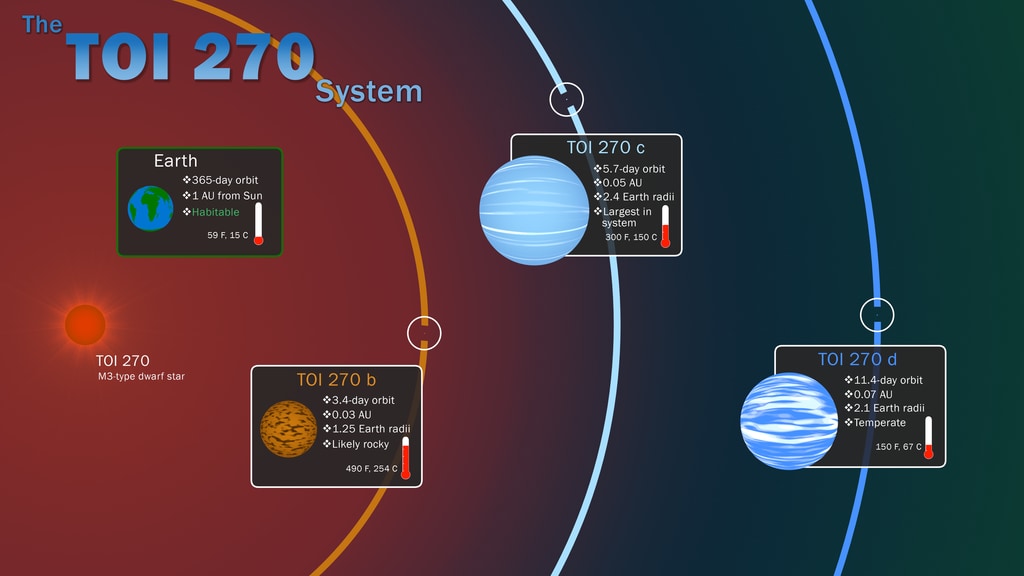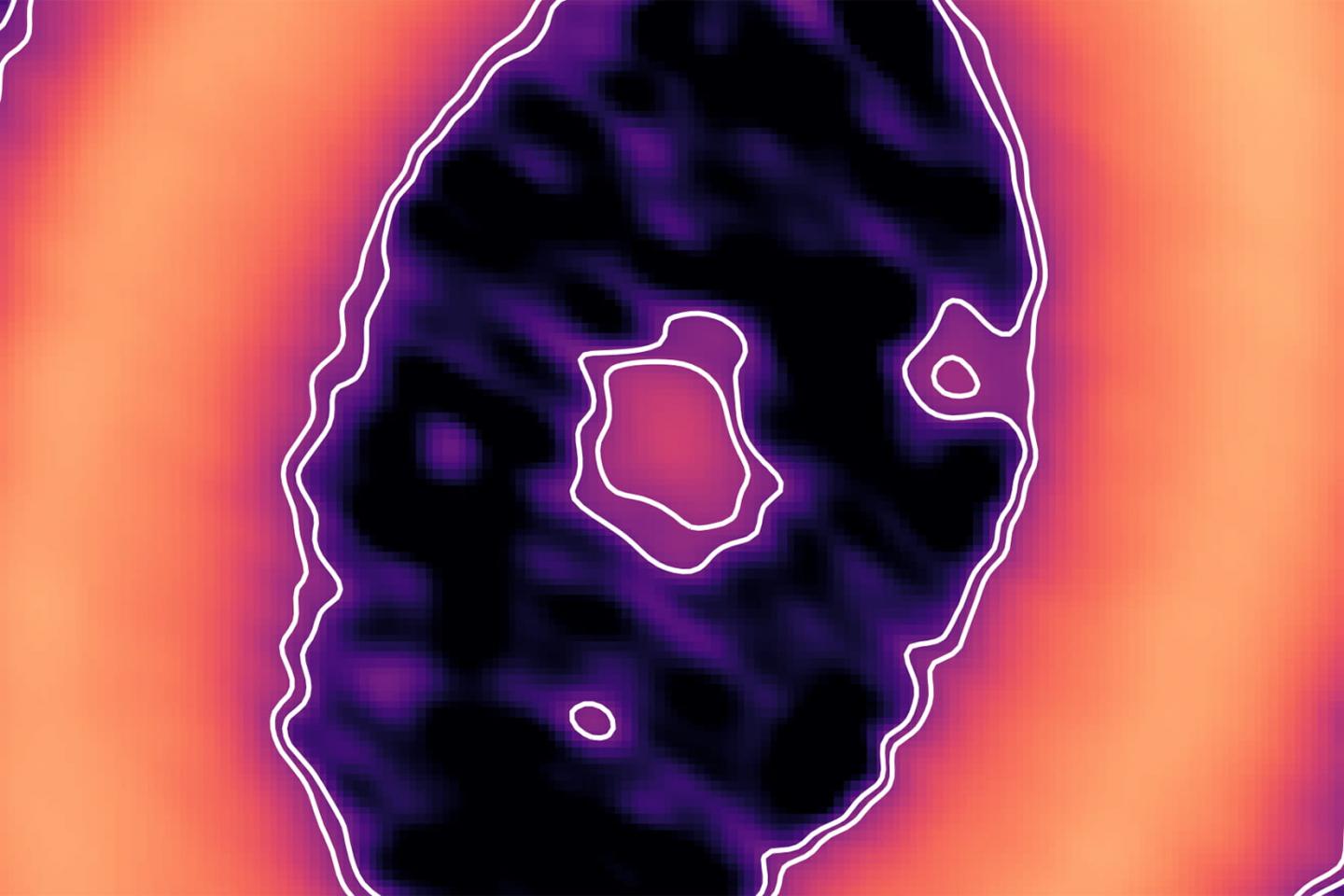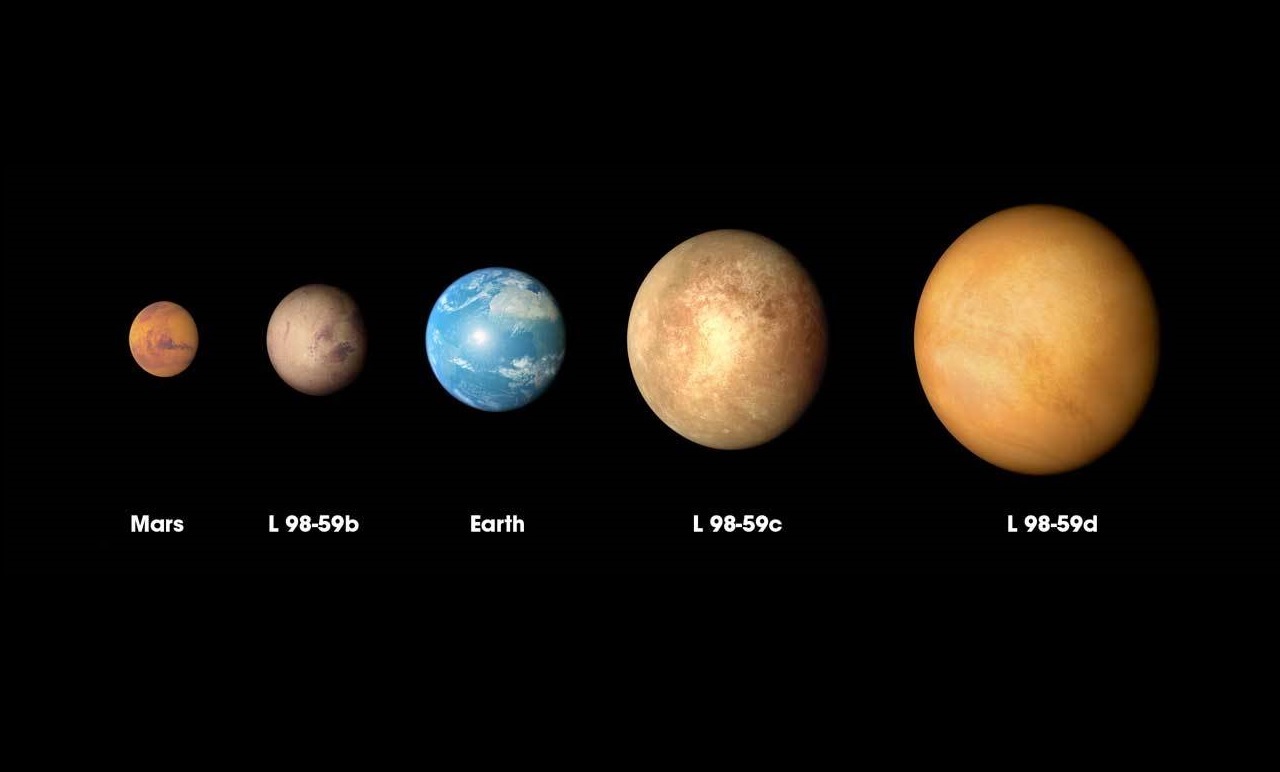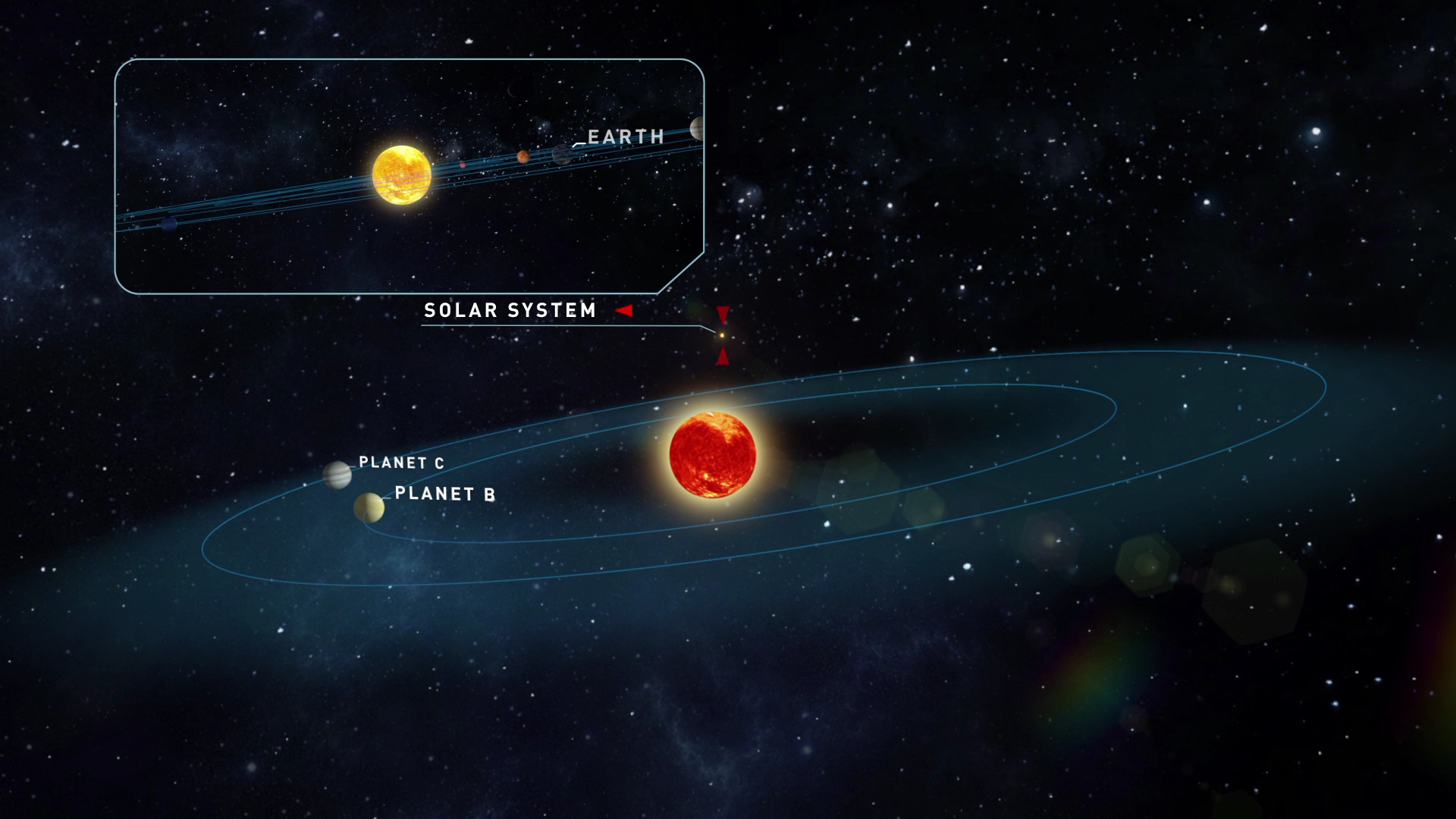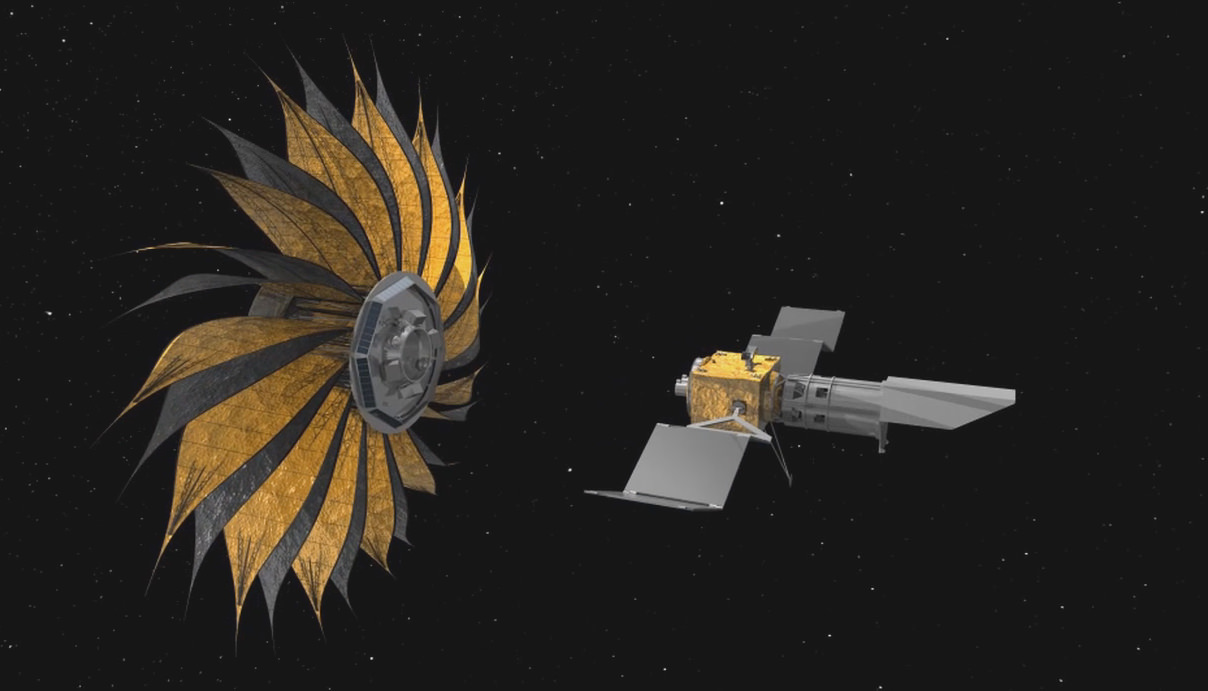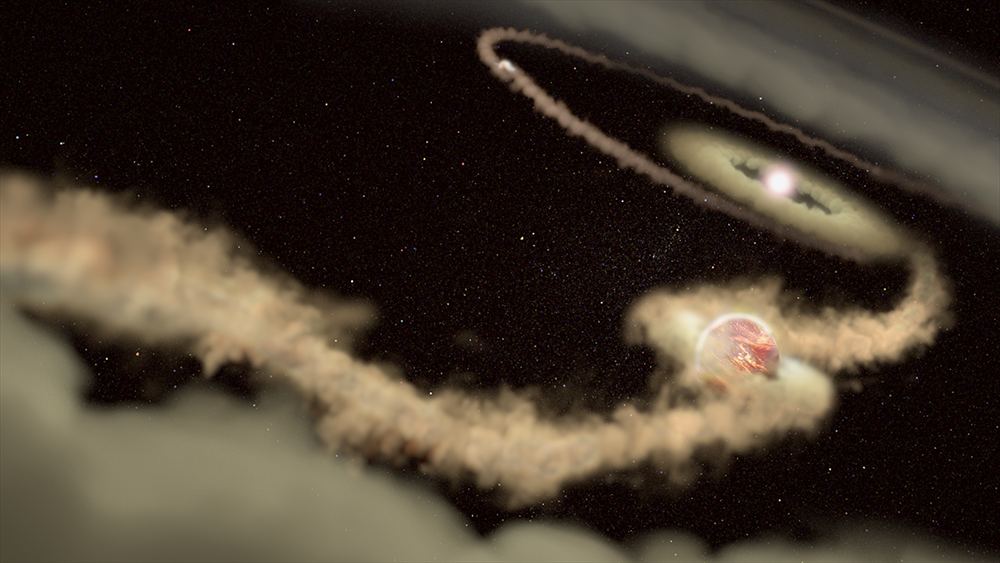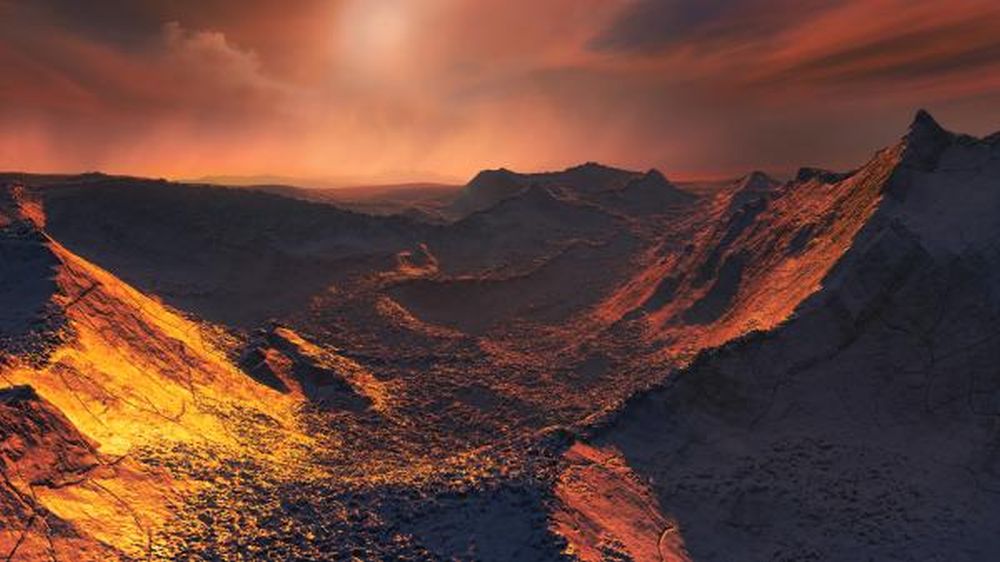When NASA launched TESS (Transiting Exoplanet Survey Satellite) in 2018, it had a specific goal. While its predecessor, the Kepler spacecraft, found thousands of exoplanets, many of them were massive gas giants. TESS was sent into space with a promise: to find smaller planets similar in size to Earth and Neptune, orbiting stable stars without much flaring. Those constraints, astronomers hoped, would identify more exoplanets that are potentially habitable.
With this discovery of three new exoplanets, TESS is fulfilling its promise.
Continue reading “NASA Promised More Smaller, Earth-size Exoplanets. TESS is Delivering.”
